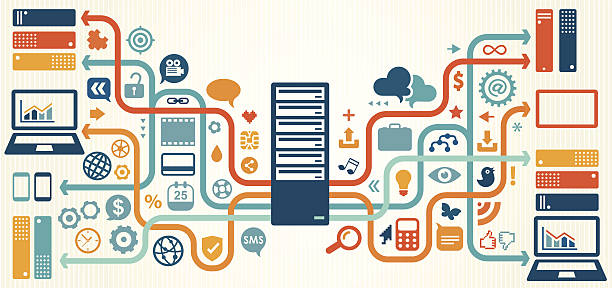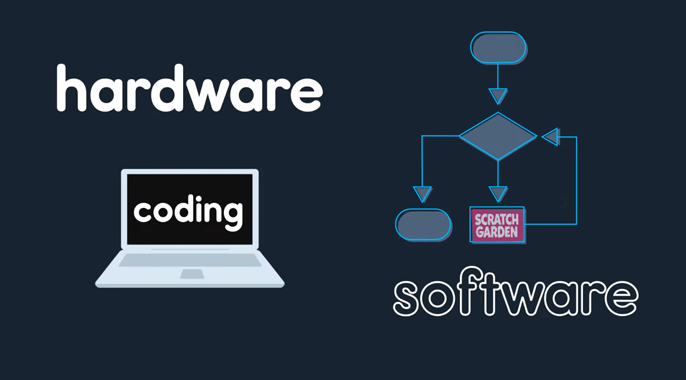Anand Jayapalan: Will DNA Storage Be Good for Humanity?
The Insights of Anand Jayapalan on DNA Storage
The insights of experts like Anand Jayapalan on the data storage industry encompass almost all things regarding data storage solutions. According to them, data storage is going through a major change caused by multiple factors. These factors include the need for security, speed, and efficiency, as well as lower costs.
Modern Data Storage Concerns
IT experts expect massive growth in shipped petabytes of up to 23 times larger through 2030. It promises to radically reshape and redefine current operations in data centers.
 |
| istockphoto.com |
Take DNA storage, for instance. DNA, when used for data storage, has the potential to reach a far higher capacity and a more resilient storage environment than traditional storage architecture. This type of storage allows molecular-level data storage. It means that DNA storage can archive information directly into DNA molecules.
The Pros of DNA Storage
The two major benefits of DNA-based data storage over the rest are density and stability. A single gram of DNA can contain up to a staggering 215 petabytes of data. It also has a projected minimum life span of 500 years.
However, experts like Anand Jayapalan caution against leaving it in the sun since UV rays can break down DNA. It's also important to note that this is a long-term trend and is nothing short of the dream technology for so many in the IT industry.
The development of DNA storage is also rapidly advancing, although DNA media will not likely enter the mainstream for quite some time. There's currently no definite timeline for DNA storage availability. That said, some optimists hope it may become commercially available by the end of the 2020s.
The Cons of DNA Storage
At present, DNA sequencing and synthesis technologies are much too expensive for mass production. They are also too slow to compete with traditional infrastructure when it comes to data storage. Because of this, access latency remains high, and it is measured in minutes to hours. In fact, this is the maximum write throughput of kilobits per second.
Furthermore, experts like Anand Jayapalan believe that a DNA drive competitive with tape archival has supported a write throughput of gigabits per second. To achieve that much speed would require DNA synthesis or writing to become six times faster. On the other hand, DNA sequencing has to be twice as fast or faster.
 |
| istockphoto.com |
Even when access latency and throughput challenges are resolved successfully, experts believe there's still the obstacle of cost, which is pretty steep. In the IT industry, tape storage media costs between $16 and $20 per terabyte.
DNA synthesis and sequencing costs are in the area of a whopping $800 million per terabyte. Pricing has always been a huge hurdle for visionaries, which is why, to be successful at this, you have to think like the experts of the industry, experts such as Anand Jayapalan.
For more discussions on enterprise data storage, bookmark this Anand Jayapalan page.



Comments
Post a Comment